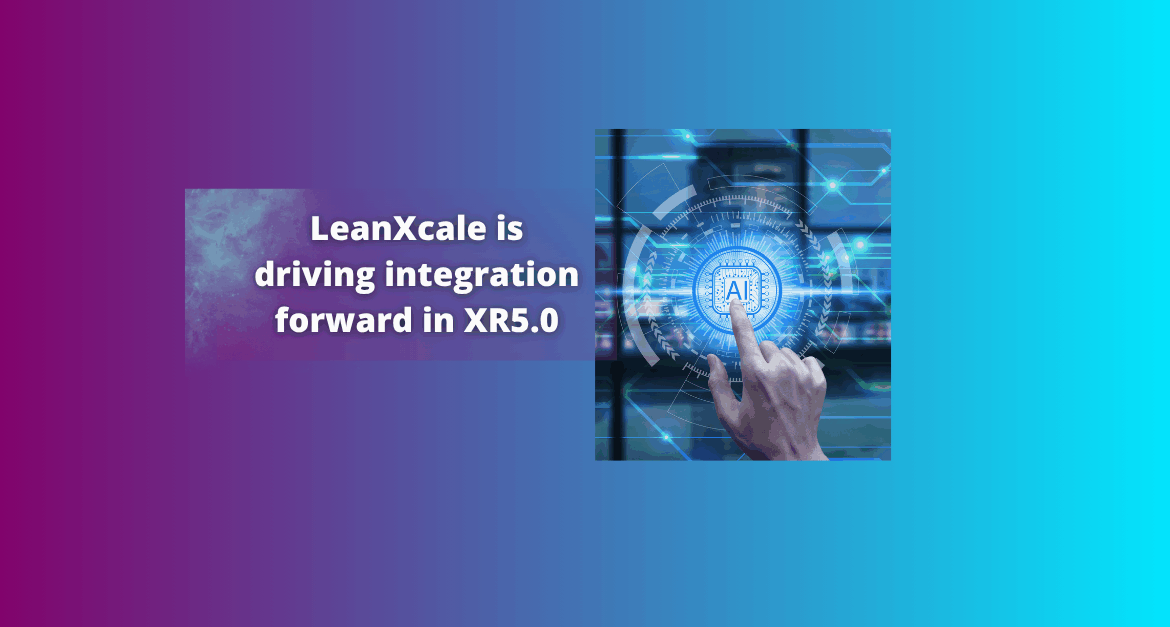As the integration leader in XR5.0, LeanXcale has been steadily driving progress to ensure a streamlined, cohesive technological foundation for the entire consortium. During the recent period, we’ve laid down critical infrastructure components and introduced tools and methodologies that support agile collaboration, efficient deployment, and a scalable development environment. Here’s a closer look at our recent activities.
- Firstly, as a well-organized codebase is vital for a project of this scale, we established a GitLab setup that mirrors the project’s high-level architecture, organizing the repositories into subgroups representing the main building blocks. This structure not only promotes clarity and maintainability but also simplifies onboarding for new developers and fosters coherent collaboration across different technical teams.
- Secondly, in order to provide a unified execution environment for all components, we deployed a shared Kubernetes cluster on the project’s common infrastructure. This cluster acts as the backbone of our integration efforts, enabling consistent and reproducible deployments, efficient resource utilization, and simplified management of microservices.
Having both GitLab and the Kubernetes cluster in place, we’ve configured the CI/CD pipelines that support both Continuous Integration (CI) and Continuous Deployment (CD). For CI, our pipelines automate the building and publishing of Docker images to the GitLab Container Registry. For CD, we’ve enabled automated deployments to the Kubernetes cluster, allowing developers to see their changes live in a production-like environment with minimal friction. These pipelines are essential to maintaining code quality, accelerating feedback loops, and reducing integration overhead.
Moreover, to unify development and operational practices across partners, we then defined the project-wide DevOps methodology. A quick-start guide was circulated to assist all contributors in aligning with best practices around Git workflows, containerization, deployment processes, and monitoring. This living document supports a common culture of collaboration and automation among the consortium.
To ensure the effectiveness of our infrastructure and integration processes, we developed a toy application that acts as a reference point for validating the entire DevOps chain. This toy application has already been successfully integrated with the GenAI component of the XR5.0 platform, serving as a proof of concept and enabling us to test real interactions across multiple services in a controlled setting.
Last but not least, we introduced a methodology for defining OpenAPIs, promoting an API-first design approach across the project. This effort is instrumental in refining the overall system architecture, facilitating component interoperability, and providing a clear contract between services. Standardized APIs also enable faster integration and enhance the project’s ability to adapt to future changes.
With the foundational elements in place, LeanXcale is now focusing on scaling the integration work, expanding test coverage, and supporting other partners in aligning with the shared infrastructure.
Our goal is to continue enabling seamless collaboration while ensuring the technical robustness of the project ecosystem.

